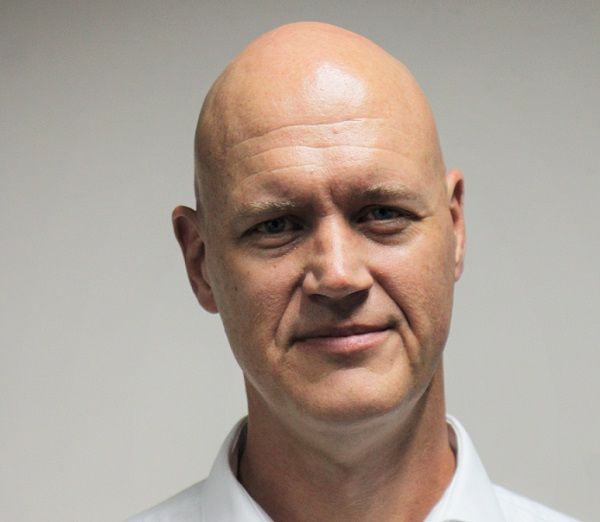Supply disruptions that arose in the aftermath of the Covid-19 epidemic, are still hampering the automotive trade with the result that used vehicle have seen steady price increases as demand rose.
Discussing sales trends over the 12 months up to March this year, Pupkewitz Motors Managing Director, Mr Anton Westraadt said the sterling 20% growth in vehicle sales should be viewed in the context of supply constraints which are still prevalent.
The motor industry has seen an abnormal increase in used vehicle pricing which Westraadt attributes to a short supply of new vehicles, thus increasing demand for used vehicles resulting in higher prices.
“This trend is in line with international patterns in used vehicles,” Westraadt said. “However, as the supply of new vehicles has started to recover, demand for used vehicles has seen an adjustment, resulting in the pricing of used vehicles normalising.”
Vehicle owners are also now driving their vehicles longer periods before considering to replace them.
This pattern is driven not only by the increase in new vehicle pricing, but also by consumer spending being under pressure and consumers financing vehicles over extended periods, with the result that the consumer takes longer to achieve sufficient equity in their vehicle to be prepared to buy a new one.
Another long-term trend with a measurable impact on sales is the increase in the brands and models, especially new entrants from Asian manufactureres, but also recently, the introduction of hybrid and fully-electric vehicles. This has lead to intense competition among dealers.
On the prospects for the Namibian automotive sector over the next five years, Westraadt reminded that vehicle sales are very often seen as an indicator of economic growth of a market or country. “In the short to medium term we foresee lower growth, more in line with Namibia’s GDP growth. Fast forward five to ten years, and once the economy starts seeing the benefits of growth in the economy as a result of oil discoveries, green hydrogen, and other related sources of growth, one is likely to see double-digit growth in vehicle sales.”
Commenting on technological advancements and the future of the automotive industry in Namibia, Westraadt points out that for every ten experts in this field, there are probably twenty differing opinions.
“We have recently seen a sharp increase in hybrid vehicles, driven by the sharp increase in fuel prices, since hybrids are typically more economical when it comes to fuel consumption. There has been an increase in the launch of fully electric vehicles (EVs) in the South African market, with a number of models sold in Namibia as well, but with the challenges of a steady electricity supply, and our vast distances we travel, full EVs may not be the answer to our market.”



Leave a Reply